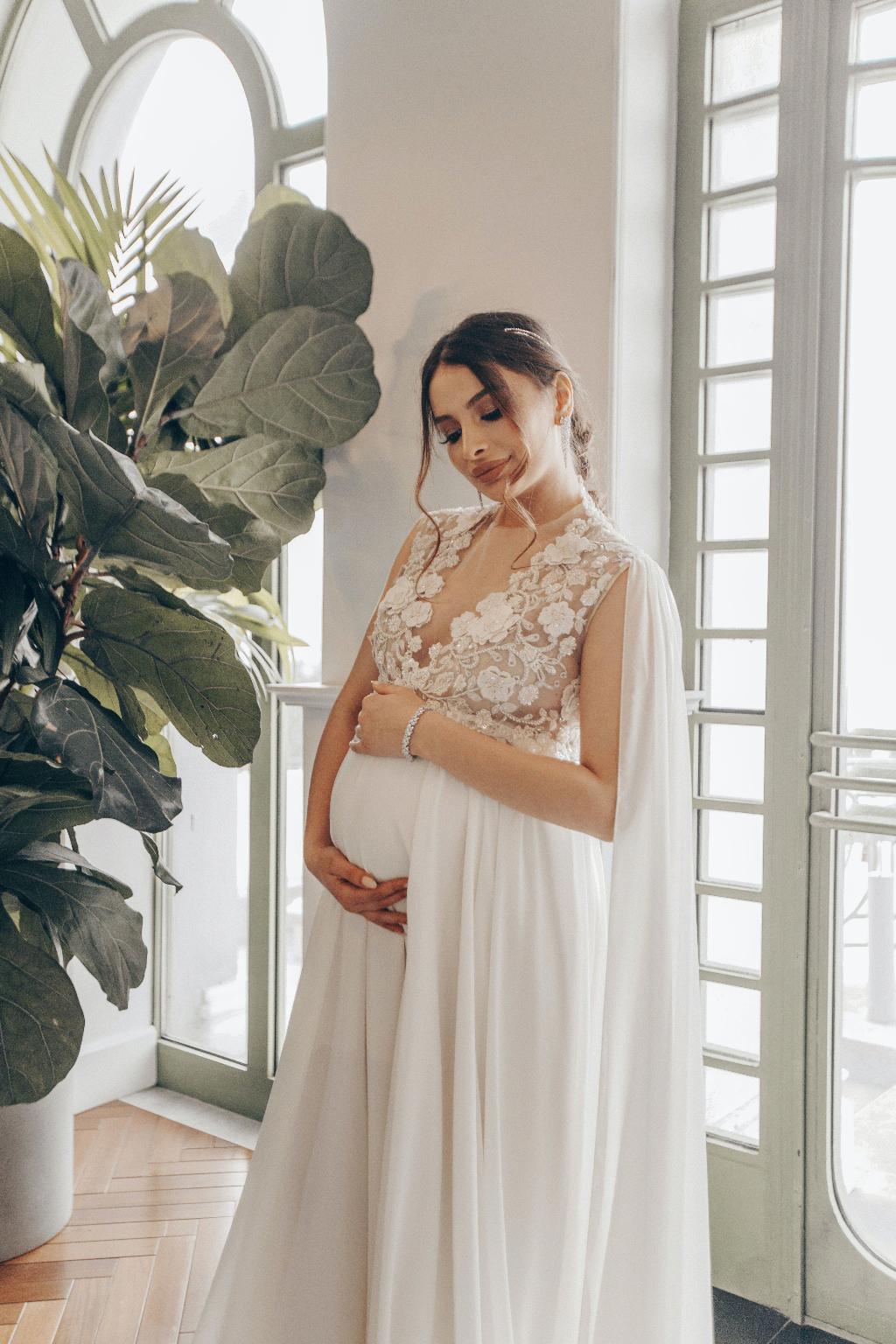When exploring the size of a 4-month-old goat fetus, it is essential to delve into the various stages of development that occur during the gestation period. The length of the fetus at different milestones provides key insights into its growth trajectory. By examining the growth patterns from the 30th day onwards, we can paint a comprehensive picture of the size of a goat fetus at the 4-month mark.
Growth Patterns in Early Gestation
During the initial stages of development, the fetus undergoes rapid growth, with significant changes occurring in size and physical features. For instance, at around 30 days, the fetus measures approximately 1.4 cm in length, indicating the early phases of development. This period marks the foundation for subsequent growth spurts that will shape the fetus’s size as it progresses through gestation.
Midway Mark: 60 Days into Gestation
As the fetus reaches the 60-day mark, observable changes start to take place, providing further insights into its developmental journey. At this stage, hair follicles become visible, signifying a crucial stage in the fetus’s maturation process. The emergence of hair follicles indicates the ongoing development of essential physical characteristics that will define the fetus’s appearance.
Approaching the 4-Month Milestone
As the gestation period progresses towards the 4-month milestone, the fetus experiences considerable growth and maturation. By the 130th to 140th day, another significant milestone is reached—the eyes of the fetus open, marking a pivotal moment in its development. This period signifies the fetus’s increasing readiness for life outside the womb, as key sensory organs become fully functional.
Size of a 4-Month-Old Goat Fetus
Considering the growth patterns observed throughout the gestation period, we can infer that a 4-month-old goat fetus would exhibit substantial growth compared to its earlier stages of development. While specific measurements may vary, the fetus is likely to have significantly increased in size, with various physical features becoming more pronounced and developed.
Overall, the growth trajectory of a goat fetus from the initial stages of development to the 4-month mark showcases the remarkable journey of maturation and formation. Through the observation of key milestones such as the emergence of hair follicles and the opening of the eyes, we gain valuable insights into the intricate processes that shape the development of a goat fetus.
By understanding the growth patterns and milestones that occur during the gestation period, we can appreciate the complexity and beauty of fetal development in goats. The gradual progression from the early stages to the 4-month mark highlights the incredible transformation that takes place as the fetus prepares for life outside the womb.
Ultimately, the size of a 4-month-old goat fetus reflects the culmination of weeks of growth and development, capturing the essence of life in its earliest stages. Through careful observation and analysis of the growth patterns and milestones reached during gestation, we gain a deeper understanding of the miraculous process of fetal development in goats.
As we explore the journey of a goat fetus from conception to the 4-month milestone, we uncover a wealth of information about the intricacies of fetal growth and maturation. Each stage of development brings new insights into the transformation of the fetus, highlighting the beauty and complexity of life unfolding in the womb.
In conclusion, the size of a 4-month-old goat fetus can be appreciated through the lens of its growth patterns and developmental milestones. By tracing the journey of the fetus from its early days to the 4-month mark, we gain a deeper appreciation for the wonders of life evolving within the confines of the womb.

